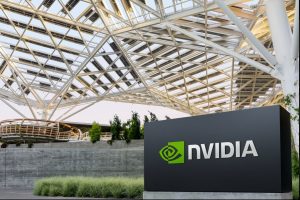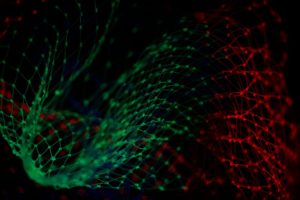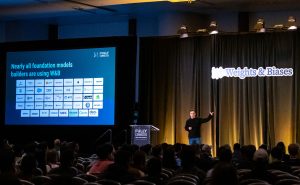Connection to Leading Scientific Tools Empowers Researchers to Explore Vast Datasets and Accelerate HPC Workflows
SANTA CLARA — NVIDIA has announced a significant expansion of its Omniverse platform, ushering in a new era for scientific computing and high-performance visualization. With seamless integration with leading scientific tools and support for batch-rendering workloads on NVIDIA A100 and H100 Tensor Core GPUs, Omniverse is poised to revolutionize the exploration of vast datasets and accelerate HPC workflows.
At SC22, NVIDIA unveiled the latest advancements in Omniverse, positioning it as an open computing platform for building and operating metaverse applications with a profound impact on scientific research and industrial innovation. Through connections to popular scientific computing tools such as Kitware’s ParaView, NVIDIA IndeX®, NVIDIA Modulus, and NeuralVDB, Omniverse empowers researchers, scientists, and engineers to achieve interoperability in their complex simulation and visualization pipelines.
Dion Harris, lead product manager of accelerated computing at NVIDIA, emphasized the transformative potential of Omniverse for the scientific community, stating, “Today’s scientific computing workflows are extremely complex, involving enormous datasets that are impractical to move and large, global teams that use their own specialized tools.” Harris underscored Omniverse’s role in unlocking legacy data silos, achieving interoperability, and generating compelling visuals for batch-rendering workflows.
One of the pioneering institutions leveraging Omniverse is Argonne National Laboratory, which utilizes Omniverse on its A100-powered Polaris supercomputer to connect legacy visualization tools, laying the groundwork for future digital twins. Michael Papka, deputy associate laboratory director and director at Argonne Leadership Computing Facility, highlighted the platform’s ability to homogenize complex workflows, retain the expertise of established tools, and pave the way for entirely new workflows.
Similarly, Princeton Plasma Physics Laboratory (PPPL) is harnessing Omniverse to accelerate state-of-the-art, real-time HPC simulators, modeling fusion devices and control systems to advance clean energy research. William Tang, principal research physicist at PPPL, underscored the significance of a fully interactive scientific digital twin, enabling real-time simulation workflows that promise to revolutionize clean energy production.
Lockheed Martin, a key player in aerospace, has embarked on a collaboration with NVIDIA to utilize Omniverse for Earth Observation Digital Twin projects, providing global environmental situational awareness and enhancing climate research pipelines. Matt Ross, senior program manager at Lockheed Martin Space, highlighted the fusion of digital twins and AI to deliver actionable intelligence for critical missions.
The new features introduced in Omniverse, including support for batch rendering, real-time digital twins, and connections to leading scientific tools, are now available for developers and enterprises. As NVIDIA continues to push the boundaries of scientific computing and visualization, the potential for groundbreaking discoveries and industrial innovation in the realm of HPC has never been more promising. For further insights into Omniverse’s capabilities, interested parties can watch the SC22 special address.



















